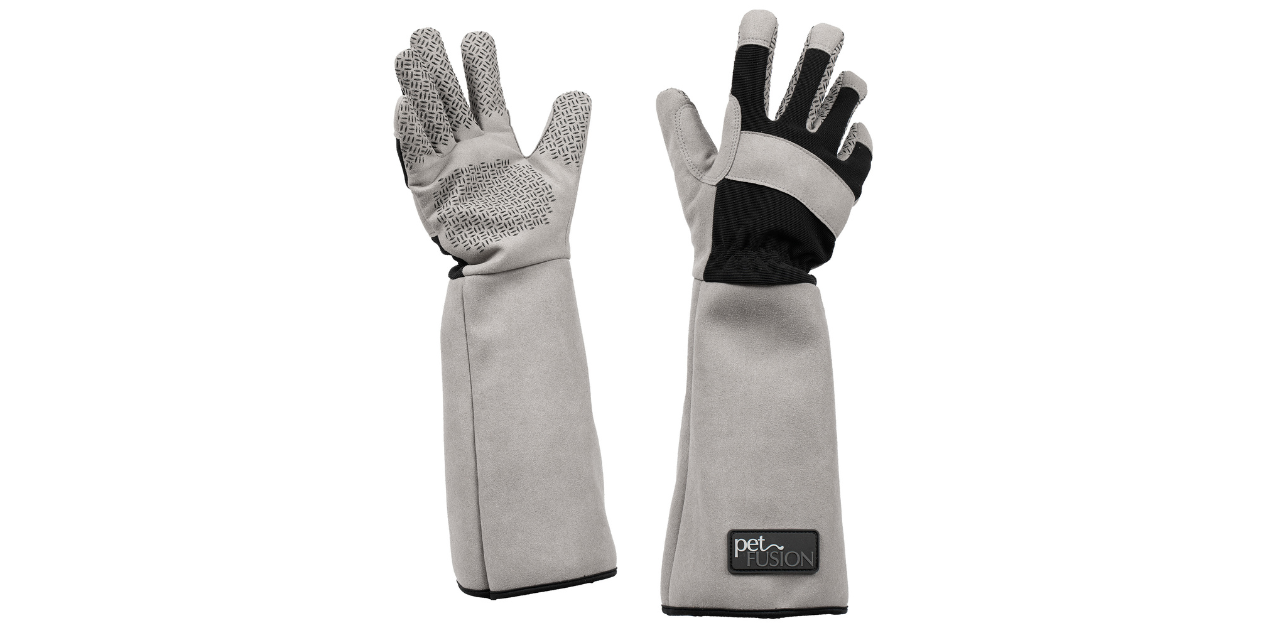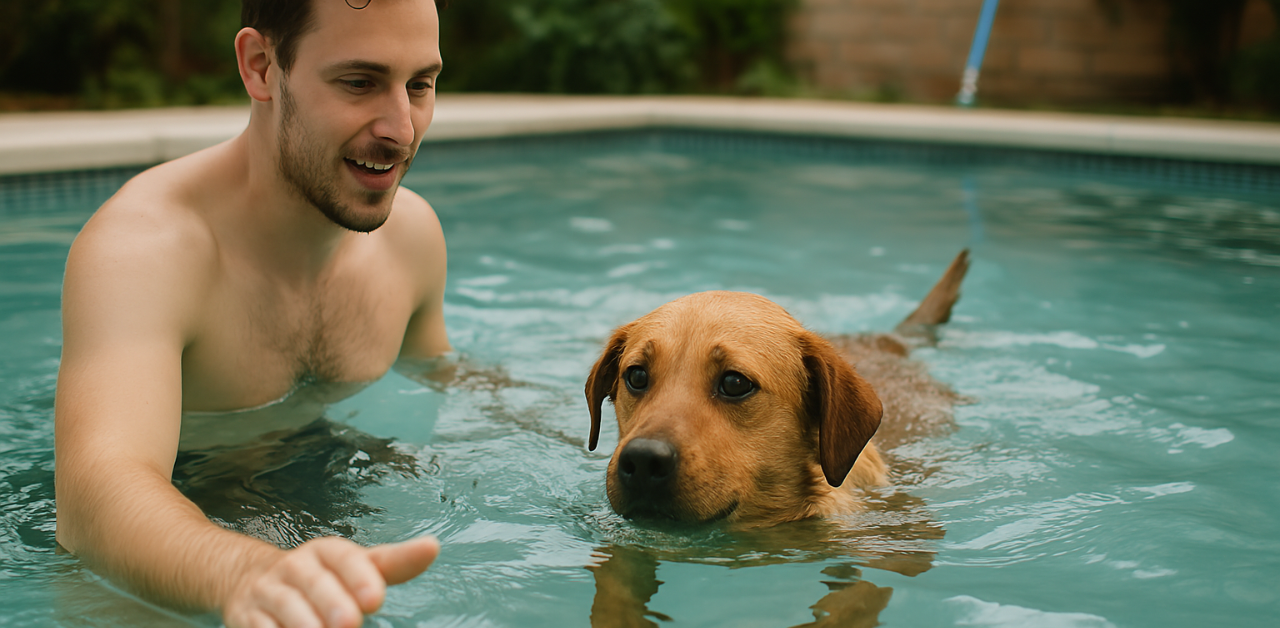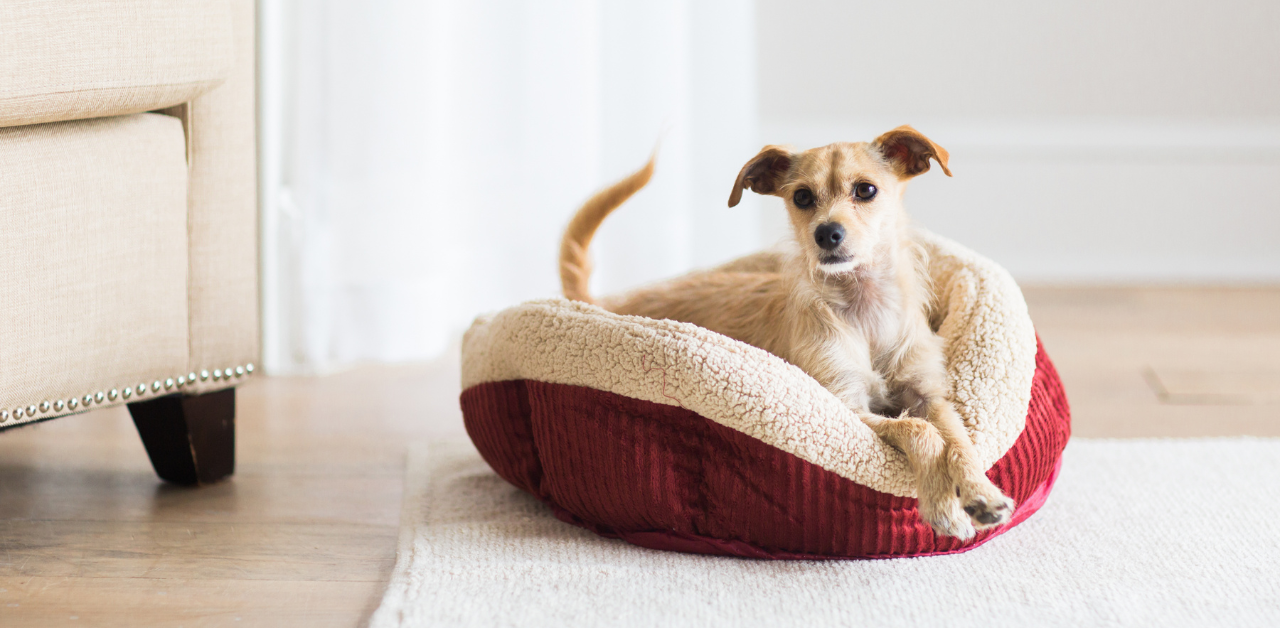How to Become Dog-Friendly Today

Dogs are social animals, but not all warm up to people immediately. Some pups feel nervous around strangers, loud noises, or new environments if you want to be a good friend to dogs—whether your pet or someone else’s—you need to understand their behavior, body language, and needs.
Dogs are social animals, but not every person or pet knows how to interact with them the right way. Understanding canine behavior is essential, whether you’re a new dog owner, meeting an unfamiliar pup, or helping your dog adjust to new environments. A dog’s body language—like a wagging tail or perked ears—signals comfort, fear, or aggression. Recognizing these signs helps prevent bites and builds trust.
This guide covers simple tips to make dogs comfortable around you, avoid common mistakes, and build trust with new, familiar furry friends. Learning to approach a dog, respect its space, and read signs of fear or discomfort can help create a positive experience.
Understanding Dog Body Language
Dogs communicate using their entire body, not just their vocalizations or tail wagging. A wagging tail and calm behavior indicate that a dog is comfortable, whereas a tail tucked between the legs often signals fear or discomfort. Observing these cues can help you understand your dog’s feelings and respond appropriately.
When a dog freezes, it might be scared or guarding something, signaling a potential warning. Displacement behaviors, like yawning or licking lips, can indicate stress. Recognizing these signs helps in addressing the root cause of their discomfort.
A play bow, where the dog raises its rear while lowering its front, signifies a desire to play. Understanding these gestures fosters better communication and strengthens your bond. Observing your dog’s body language ensures they feel understood and secure.
Creating a Safe Environment for Dogs

Creating a secure space helps a dog adjust to new surroundings. A cozy area gives your puppy or adult dog room to rest without feeling easily overwhelmed by too many people or other animals. This also works well if you have children who need to learn proper handling tips.
Consider using the Petmate Single Door Exercise Pen as a safe zone in your house. This pen offers enough space for a dog to move around without running into unfamiliar people or getting into places they shouldn’t. It’s a good idea for owners who want to promote good behavior and keep the family dog comfortable.
Socializing with Other Dogs

Socializing your dog is vital for their development and happiness, contributing to a happy dog. Approach strange dogs slowly, avoid nervousness, and let them sniff you before interaction. This method reassures the dog and fosters trust.
Trips to parks, pet stores, or town walks enhance your dog’s socialization skills. Praise your dog when they remain calm around others to reinforce positive behavior. While crucial for puppies and adult dogs alike, older dogs may take longer to adjust.
The JW ISqueak Bones Dog Toys 2-pk brings fun to meetups. These toys encourage dogs to play and share positive behavior. Rewards and friendly games support a happy dog mindset. Social dogs learn better habits around strangers and respond well to calm guidance from owners.
Teaching your dog positive interactions with other dogs and new environments ensures they become a well-rounded companion.
Training for Public Places

Training your dog for public places ensures their safety and others’ comfort. Make sure your dog is leash-trained before heading out. Your dog should understand basic commands like ‘sit,’ ‘stay,’ and ‘come.’
These commands can prevent dangerous situations and promote calmness in dog's behavior when greeting visitors. Then, walk your dog in low-traffic spots and slowly move to busier areas. Monitor how your pup reacts to unfamiliar people or sudden events.
Use the Petmate Walkabout Retractable Leash for smoother walks. This leash gives you control while letting your dog explore. Be sure to talk calmly if your dog seems scared or shows signs of stress. You can take your dog almost anywhere and enjoy safer adventures with consistent practice.
Recognizing and Reducing Dog Stress

Identifying stress in dogs is vital for their well-being. Behaviors that can indicate stress include:
- Pacing
- Shaking
- Excessive panting
- Drooling
- Licking
- Prolonged yawning
If you notice your dog is uncomfortable, take steps to reduce tension. Provide mental stimulation, offer gentle play, and limit overwhelming factors like too many people at once.
Bring along the Petmate Silicone Travel Bowl Duo when you head out to new environments. A portable water and food bowl keeps your dog hydrated and well-fed. Regular breaks and access to water help reduce fear and calm a nervous dog. Consistent care leads to good behavior over time.
Positive Reinforcement Techniques
Positive reinforcement is a powerful tool in dog training. Rewarding desirable behaviors increases the likelihood of repetition. This method fosters trust and a strong bond between the dog and owner, contrasting with punitive approaches.
Effective positive reinforcement relies on meaningful rewards, such as Petmate’s natural treats, which work well for training sessions. Simple rewards teach a dog to follow instructions and remain calm around unfamiliar people or animals. Small incentives help build confidence and guide your dog toward progress without using force or fear.
Fear-based methods should be avoided as they can damage the relationship with your dog. Daily training sessions with positive reinforcement will make your dog feel more secure and confident.
Preparing for Walks and Outdoor Activities
Physical activities like walks reduce tension and stress for both dogs and their owners, including dog owners. Leash usage is essential to protect your dog and others in public. Front clip harnesses can help train dogs not to pull on the leash by redirecting their movement.
Before heading out, ensure you have water, treats, and poop bags ready. These preparations ensure a smooth and enjoyable walk for you and your dog, promoting a positive experience in the great outdoors.
Introducing Your Dog to New People
Meeting new people can be stressful for a dog, especially if it has had negative experiences in the past. Ease into it by letting your dog sniff shoes or clothing before the person tries to pet. If your dog seems scared or nervous, give the dog time to relax and offer treats for calm behavior. This teaches the pup that social visits are safe.
When children or strangers come over, ask them to approach slowly. Talk calmly and allow the dog to set the pace. Do not force close contact if the dog seems uncomfortable. Respecting a dog’s comfort level builds trust and prevents bites or fearful moments.
The Role of a Veterinarian
Regular veterinary appointments enable early detection of health issues, leading to better treatment options. Check-ups allow veterinarians to monitor a dog’s growth, development, and any health changes. For senior dogs, vet visits at least twice a year are recommended to monitor age-related concerns.
However, if your dog consistently shows signs of stress, consulting a veterinarian for a thorough evaluation is recommended.
Summary
Helping a dog grow into a friendly and well-mannered friend takes patience and consistent training. Observe your dog’s body language, take walks in safe spots, and gently introduce the pup to new people. Provide food, treats, and resources to support positive behavior at home and in public places.
For added support, explore Petmate’s premium pet supplies and accessories. From secure pens to fun toys and more, Petmate offers solutions that keep dogs happy, healthy, and ready to explore the world. With these steps, you set the stage for a well-adjusted companion who feels safe in any setting.
Previous article

Next article

Related posts
View all-

How to Reduce Shedding in Dogs
Dog shedding is a natural process, but it can be frustrating—especially when dog hair ends up on every piece of furniture you own. While you can't stop shedding completely, you can reduce it.
Read Article -

Do Dogs Get Lonely if There Is Only One Dog
Most dogs can feel lonely if there is only one dog in the house. They are pack animals descended from wolves. This means they have instincts that push them to connect with friends or family. When they live as the only dog, they may experience loneliness if they do not receive enough attention.
Read Article -

Teaching a Dog To Swim in Your Pool
Swimming is great fun for dogs, and your swimming pool can be a fantastic place to cool off and play. But not all dogs are natural swimmers. Teaching your dog to swim safely involves patience, gentle encouragement, and a positive experience. Here's how to help your dog learn to enjoy swimming at their own pace, keeping their safety and comfort in mind.
Read Article -

Welcoming a New Dog into Your Home
Bringing a new dog home is an exciting time for you and your family members. This event can inspire a sense of unity among everyone in the household, whether your new pet joins an older dog or is the only dog in the house.
Read Article




